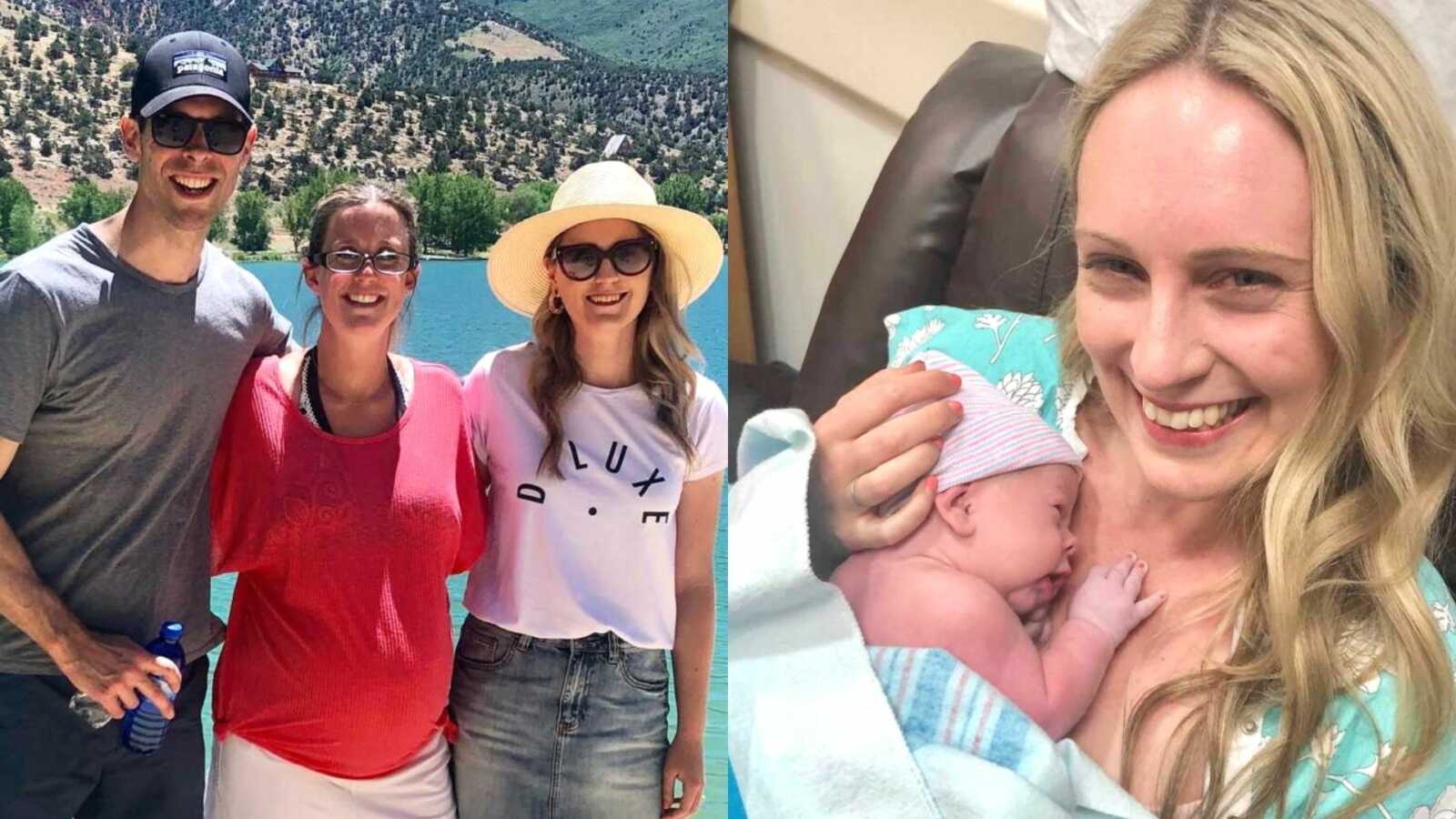“It took six years, 700 shots, and a selfless surrogate to bring our beautiful son Spencer John Wilson into the world. It was a long journey, and like most things worth fighting for, it was a hard one.
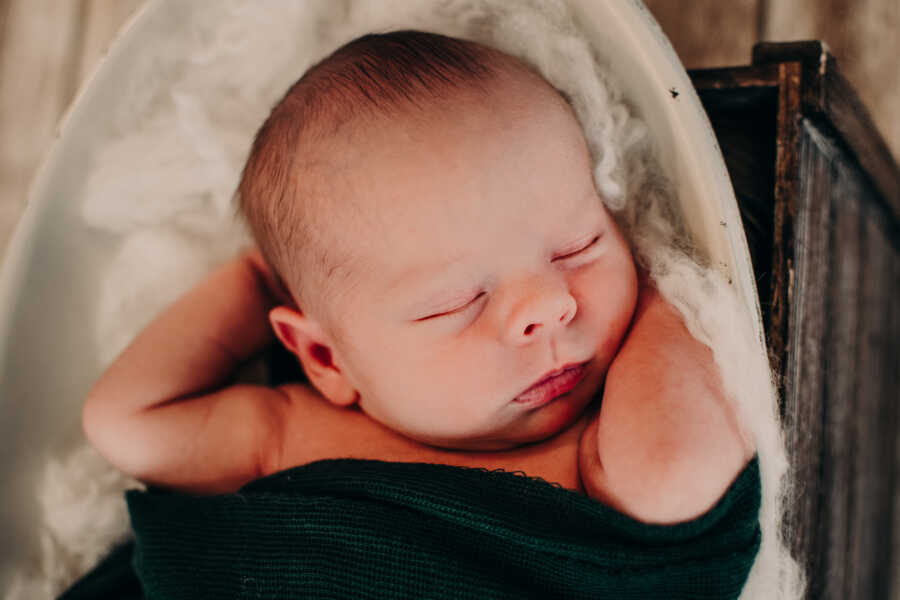
I once counted how many times I had injected myself with artificial hormones: 700. That was the ‘easy’ part. The injections didn’t come close to the heartache and unrelenting disappointment that followed.
By the end, we had sixteen failed IVF transfers, four failed IUI transfers, seven egg retrievals, three miscarriages, and two international surrogacy experiences. But we now have our beautiful son, and I would do it all again.
My husband Ryan and I married in 2011 and soon after, decided to try for a family. Being in our early thirties then, we naively thought it would be easy. But after about a year, we knew something wasn’t right.
And so, our infertility journey began. After failed Clomid and IUI cycles, we started IVF.
For me, IVF was a roller coaster of emotions. Some weeks I felt despair, anger, and guilt—why can’t I do the one thing women are supposed to be able to do? Other weeks, I was optimistic and full of adrenaline. Working through those contrasting emotions, for years, was exhausting.
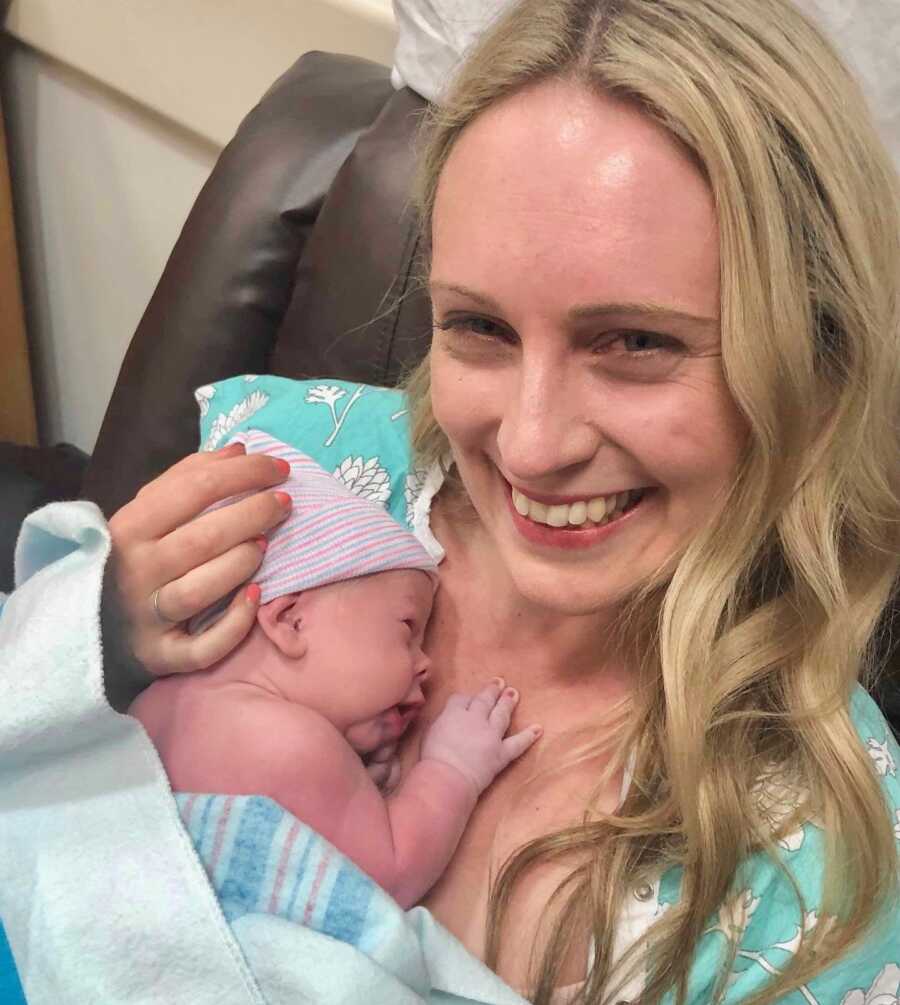
After a few failed IVF transfers and ectopic pregnancy, my transfers kept getting canceled because of my ‘thin endometrium lining.’ My uterine lining was always about 6mm at transfer, the minimum requirement in Australia, where we live. I didn’t think much of it. Then after a few canceled cycles, I researched it. And wow, did I find out a lot!
Specifically, the lining is crucial to becoming pregnant and sustaining a pregnancy. As the wallpaper of the uterus, it becomes thicker with pregnancy so it’s ready to receive an embryo and support the placenta. An optimal lining is 10-to-12mm at transfer. But with a lining around 6mm, it’s extremely difficult to conceive.
We changed to an implantation specialist, and he hit us with the hard truth: thin linings are rare, usually genetic, and difficult to fix. He then told us surrogacy was our best chance of success.
At work that week, I felt deflated, but I told no one. Meanwhile, a colleague had a sports injury and received lots of support. Fair enough. But it really highlighted to me the silent stigma and suffering of infertility. When someone has an illness or injury, they often share the news and rely on friends and family for support. The World Health Organization defines infertility as a reproductive disease. A disease. Yet many people hide it.
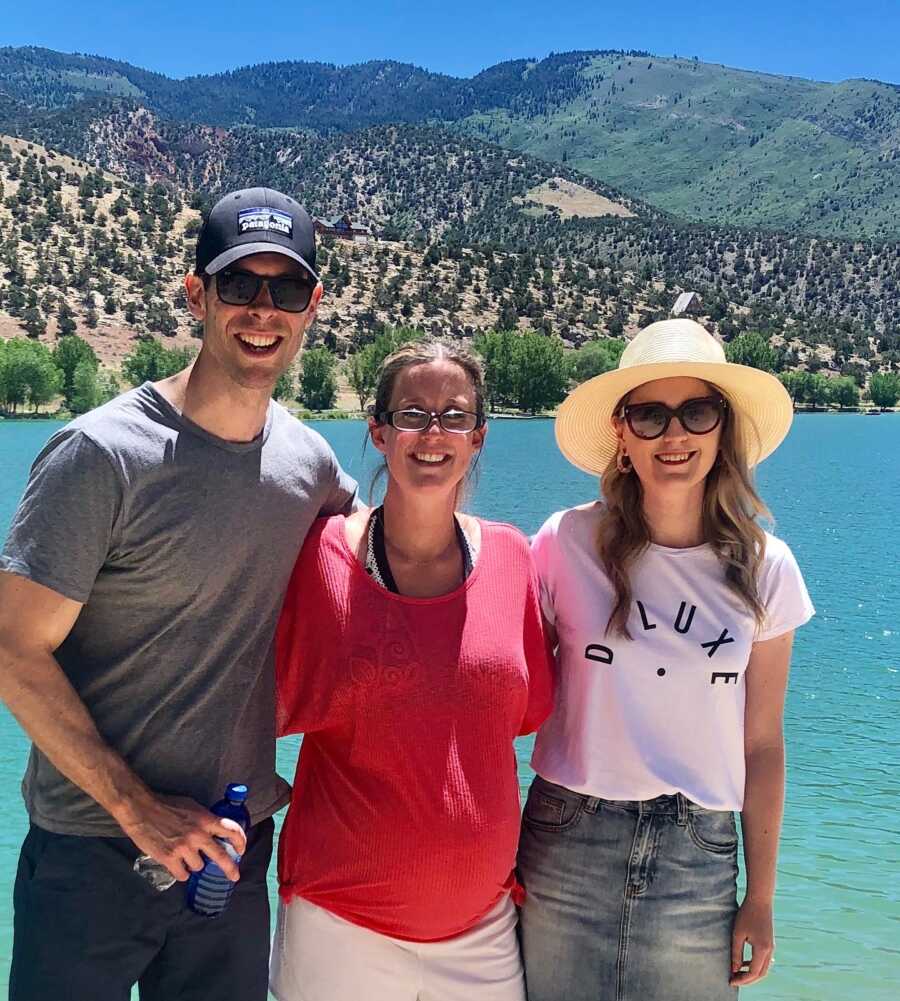
I was regrettably too worried too often about people’s opinions. Our good friends and family were always sensitive. But once people knew outside our close circle, there were many hurtful comments. People would say: ‘Have you tried relaxing?’ or ‘It will happen when you stop trying.’ I know most people were trying to help, but I regret not speaking up sooner about the medical facts.
Not ready to close the door on being pregnant myself, we pushed ahead with a transfer on a lining of 6mm and became pregnant. The high was enormous. But the next day, dread set in. My lining was just thick enough, but it wasn’t ideal.
At our first scan at 7.5 weeks, we had the devastating news our baby’s heartbeat was too slow. Two days later at our follow-up scan, she had passed. We were absolutely crushed.
Shortly after my D and C procedure, our specialist called with the biopsy results. The baby had been genetically normal. The baby was a girl. I wish I hadn’t found out the gender. It made the loss more real and more heartbreaking. The overriding takeaway though, was that the problem wasn’t the embryos. It was the carrier. It was me.
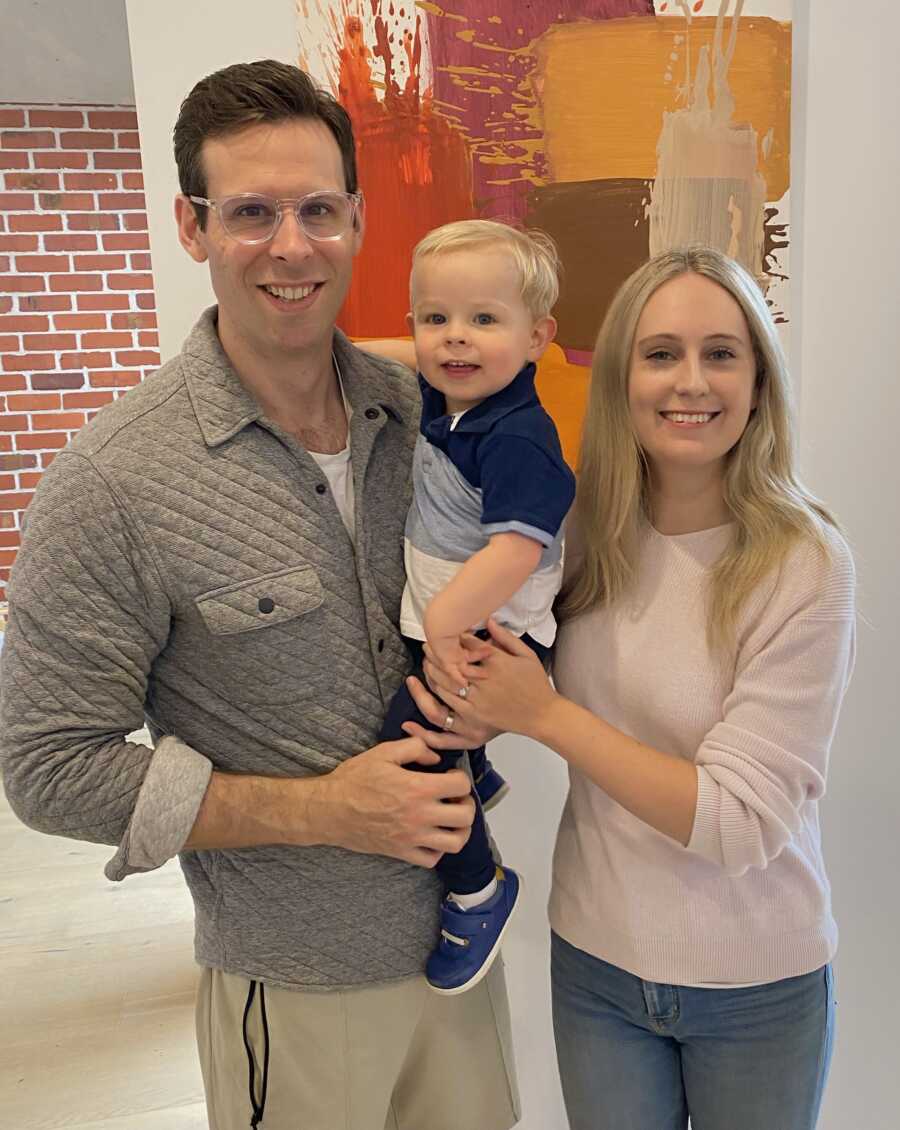
It was time to explore surrogacy. With surrogacy a difficult process in Australia, we started surrogacy in Canada with Julie, a selfless woman who felt compelled to help us. It was a long flight (18 hours) for the transfer, but it was such an important milestone.
What happened next still haunts me.
The day of the transfer, our specialist told us the devastating news that the container of embryos we had transported was empty. With a pounding heart and almost breathless, I kept asking him: ‘What do you mean by empty? Who can we call?’ But there was nothing he could say. The embryos were gone.
We knew that there’s a standard protocol for transporting embryos, so what happened to us was extremely rare. Our lawyers and fertility clinics in Melbourne and Toronto had never heard of this ever happening.
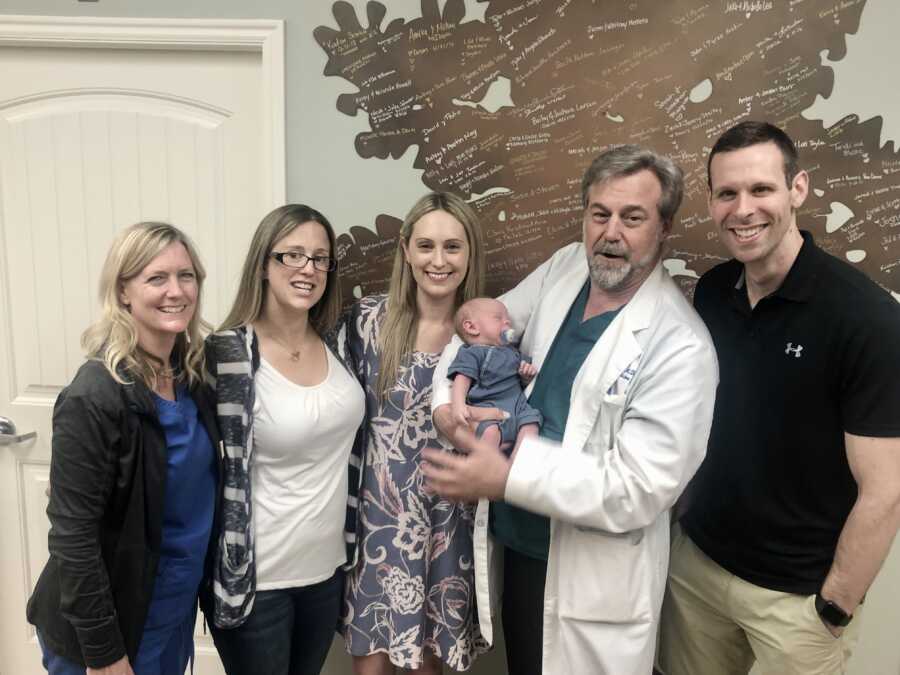
Back in Australia, we were able to collect more embryos and had three transfers in Canada. All failed. With heavy hearts, we knew we had to move on.
It was at this time I saw a psychologist who used cognitive behavioral therapy (CBT). She recommended that instead of fixating on what I didn’t have, I focus on what I did. And to try, as hard as it was, to not let infertility consume me. Yes, it was a significant part of my life, but I shouldn’t let it be my identity. There is no question that adopting the CBT techniques helped to reshape my mindset and build my resilience.
We pursued surrogacy next in the United States, our last hurrah. We had an instant bond with our beautiful US surrogate Leigha and her husband Josh. I will always be in awe of surrogates. How someone who doesn’t know you hears your story and feels compelled to help you.
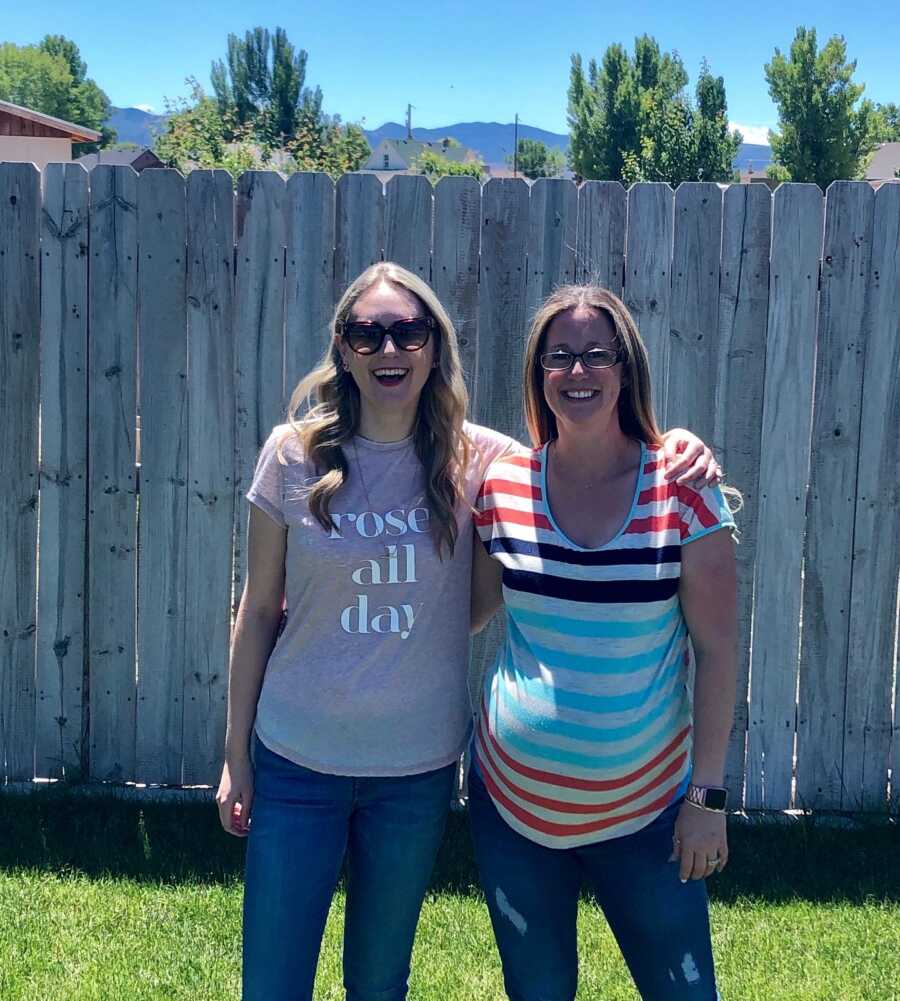
Our first transfer sadly failed. But our US specialist, Dr. Russell Foulk (Utah Fertility Center) had some good insights and our second transfer worked. We heard the heartbeat at our eight-week scan, and we all felt at peace.
We skipped the Skype call for our 10-week scan, as it was at 3 a.m. I awoke early, but there were no messages. I had an awful feeling something was wrong. I then saw a message on Ryan’s computer screen: ‘I’m so sorry, but we’ve lost the baby.’
I wanted to scream and cry and give up. With every other setback, I was determined to fight. But this time the fight had vanished. I struggled to accept we were here again.
But we had some good embryos left, and our surrogate Leigha was determined to keep going. Ryan encouraged me, repeating everything the doctor had said about how the miscarriage was rare (subchronic hematoma) and unlikely to happen again. We tried one last time. Nine months later, our beautiful son Spencer was born.
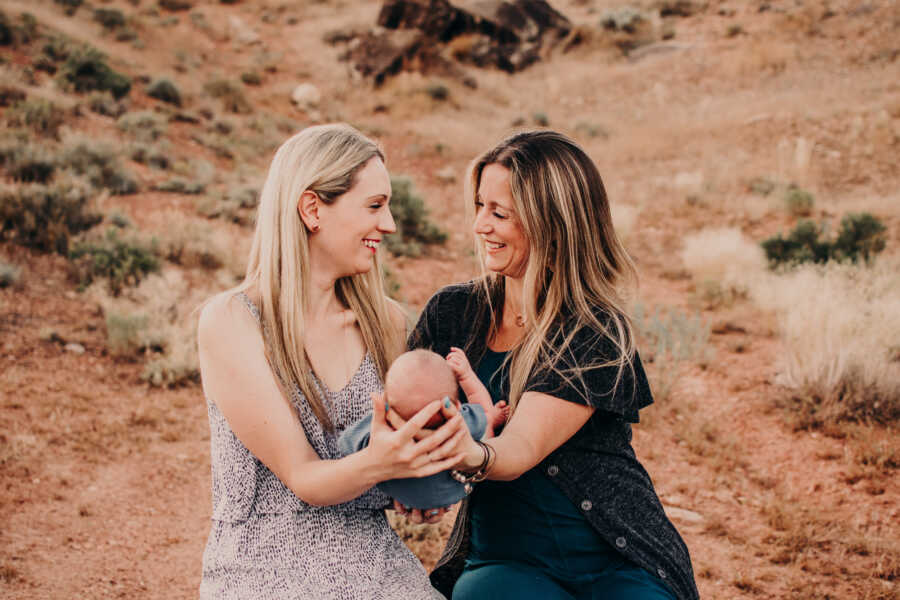
Spencer is now 2.5 years old. He is full of energy, has the most cheeky smile and infectious laugh, and is the absolute love of our lives.
Infertility can be brutal, raw, and often lonely. It’s frequently misunderstood. But for anyone struggling with infertility, you’re not alone. There are many of us out there. Find those people. Talk to them. Lean on them. Surround yourself with love and support. Don’t suffer in silence.”
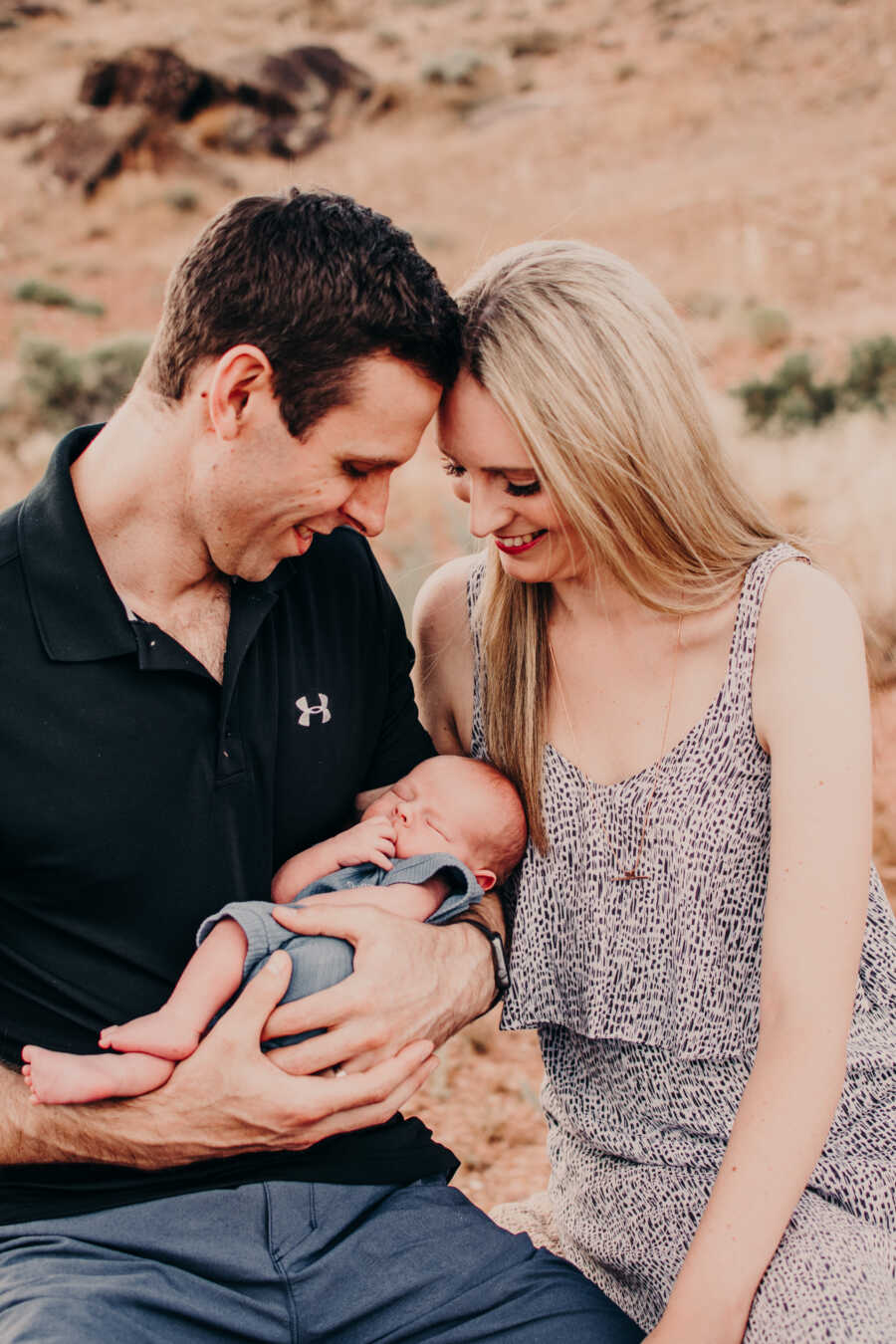
This story was submitted to Love What Matters by Kirsten McLennan from Melbourne, Australia. You can follow her journey on Instagram and her blog. Submit your own story here.
Read more stories like this here:
Spread beauty and strength for others. SHARE this story on Facebook with family and friends.

